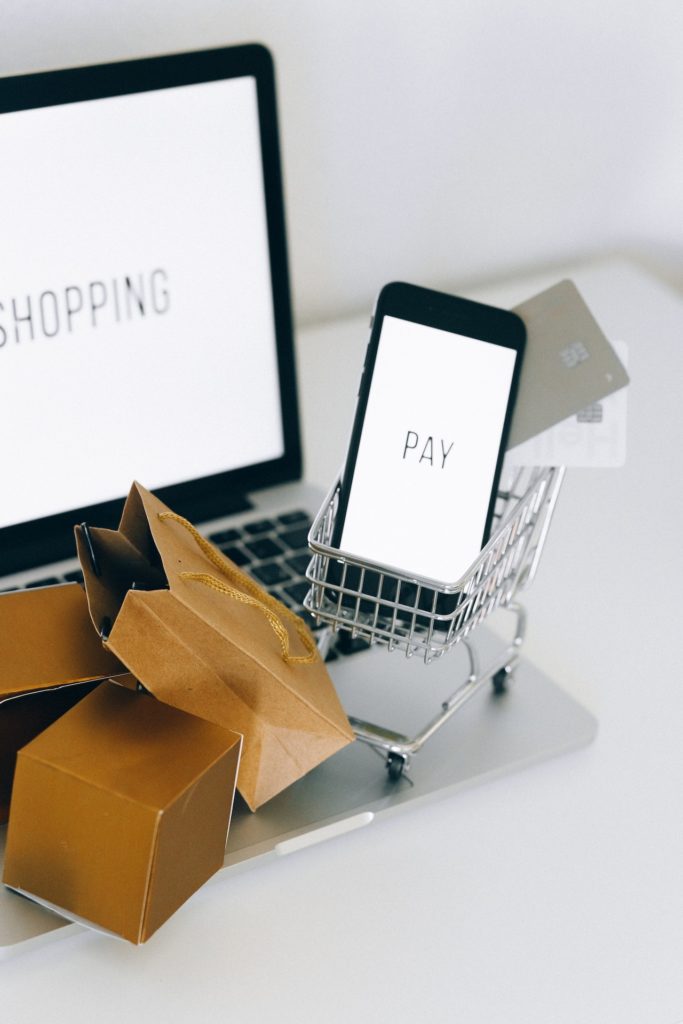In the year 2020, most Americans were getting financial support from the government. Their spending was also low due to restricted movement.
This was a result of the lockdowns, travel, and the mere fear of being exposed to large crowds in the midst of COVID-19. Consequently, the credit card debt decreased from 930 U$ billion to 770 U$ billion.
So, how was the credit situation in 2022?
Recovery

In April 2021, most restrictions such as wearing masks were relaxed and people started going out and opening up to traveling. Inflation also skyrocketed and household necessities became expensive.
Financial support was also reduced by the government. This led to people taking up credit cards and debts to meet their financial obligations.
What are The Card Balances in 2022?
By quarter 3, 2022, credit card debt neared their pre-COVID amounts by increasing by 160U$ billion, indicating the largest increase of 15% in more than 20 years.
On the other hand, mortgage balances increased to 11.67 trillion from 10.67, from the previous year.
Car loans, home equity lines of credit, student loans, retail cards, and other consumer loans also increased.
This is an indication that while many Americans were struggling with credit card debt, they were also taking on other forms of debt in order to make ends meet.
What is The Effect of High-interest Rates on Credit Cards?
Borrowing became more expensive due to the increasing interest rates by the Federal Reserve since March 2022.
The Annual Percentage Rate (APR) for all credit cards increased from 14.51% to 16.27% by quarter 3 of 2022.
This indicates that as interest rates increased, it became more and more expensive for Americans to carry a balance on their credit cards.
What is The Status of Credit Card Delinquency?
Being 30 days late on your credit card payment means you are delinquent on your credit card debt, which negatively affects your credit report.
Between 2020 and 2021 there was a sharp decline in the percentage of delinquencies from 2.66% to 1.56%.
However, by September 2022, the percentage increased to 1.81% for delinquent cardholders.
This is an indication that as the economy recovers, and the financial support provided by the government is reduced, many Americans are struggling to keep up with their credit card debt payments.
What is The Percentage of Credit Card Accounts with a Balance?
While the primary objective for anyone who holds a credit card is to clear the balance in full at the end of each month, sometimes this is very difficult due to unforeseen circumstances.
In the second quarter of 2022, 53% of all active credit card accounts in the United States had a balance.
This marks a 1% point decrease from the first quarter of 2022 and the first drop in quarterly numbers since the second quarter of 2021.
Despite these recent increases, the percentage is still significantly lower than it was before the pandemic.
What is The Average Interest Rate for New Credit Card Offers?
An increase or decrease in the interest rates highly depends on the Federal Reserve’s adjustments. An interest hike results in a monthly increase in the credit card offer rates.
As of December 2022, the average APR for all new card offers was 22.91%.
The average interest rate on 0% balance transfer cards was 21.84%.
No-annual-fee cards, reward cards, and cash-back cards registered an average rate of 22.56%, 22.74%, and 22.64% respectively.
Notably, travel rewards cards had the highest average APR at 23.14%, while low-interest credit cards had the lowest APR at 17.77%.
In addition, credit card issuers also scrutinized applicants’ credit scores before approving new cards.
The Bottom-line
It is clear that the economic climate in the United States in 2022 has been impacted by the ongoing recovery from the COVID-19 pandemic.
As a result, debt and credit card usage have seen significant changes.
In light of this, it is essential for you to proactively budget your spending, make timely payments on your debts, and limit your reliance on credit cards as this trend is likely to continue for a period as the economy continues to recover.